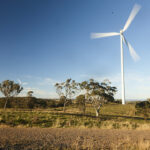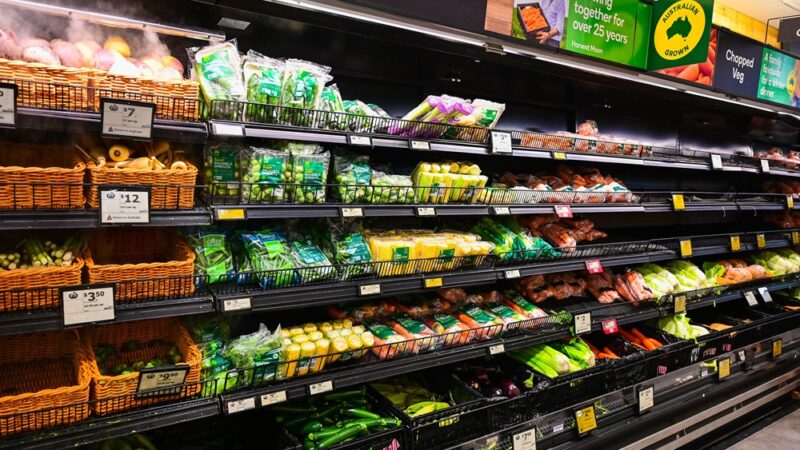Agtech in Australia is big and getting bigger; it seems every week there is a…
An outlook on fisheries and aquaculture in 2024
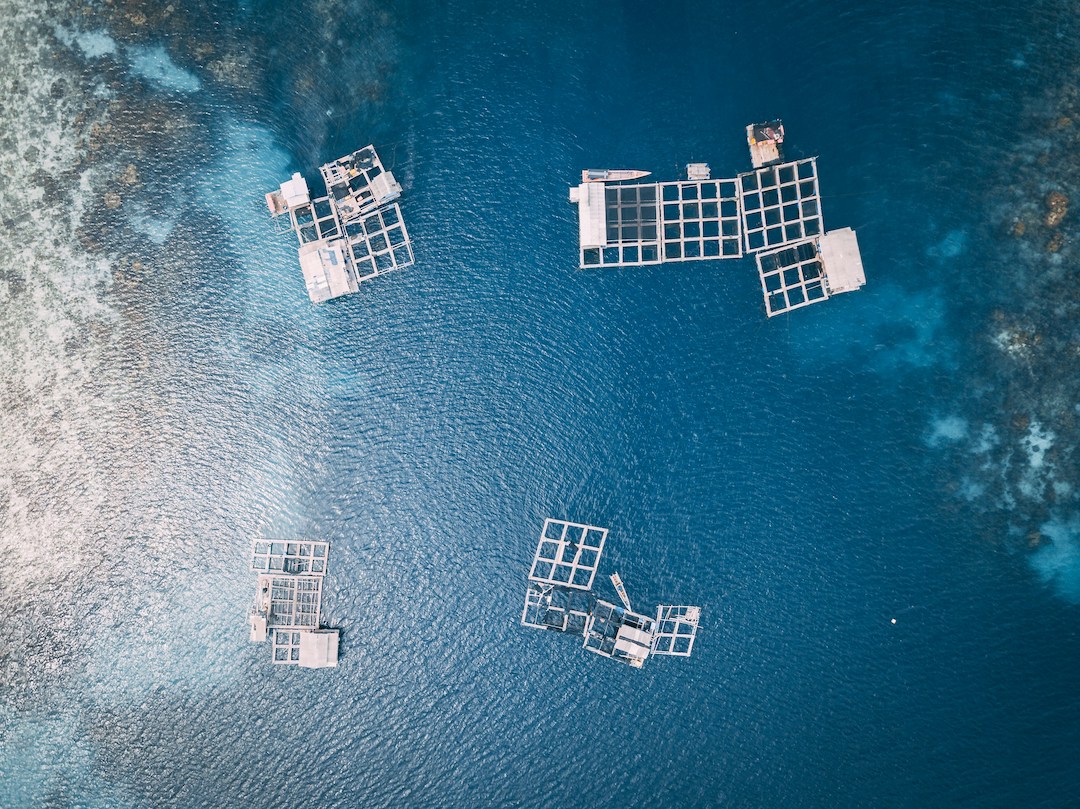
Last week, the Australian Bureau of Agriculture and Resource Economics and Science (ABARES) released the annual outlook for Australia�s Fisheries and Aquaculture industry.�
It revealed the coming trends for 2024, including an increase in gross value and a decrease in exportation.
Domestic expectations
The report, released at the ABARES Outlook 2024 Conference, revealed that aquaculture production value is predicted to increase by 0.5 percent in 2023-24, reaching a gross value of $3.56 billion.
Dr Jared Greenville, ABARES Executive Director, attributed this growth to increased prices for wild-caught rock lobster and higher production of species such as tuna and oysters.
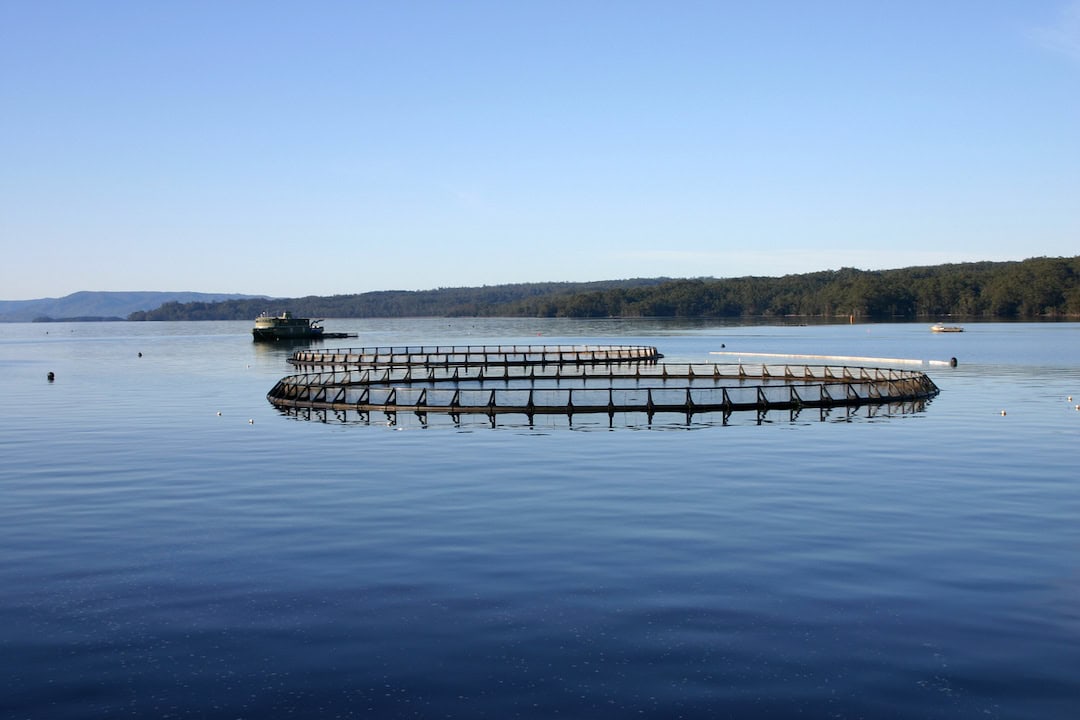
�The value of aquaculture is projected to increase by 5% in real terms to $2.21 billion by 2028�29 which will see it represent 64% of total seafood sector production value,� Dr Greenville said.
�Prices for salmonids, prawns, abalone and tuna are all expected to ease over this period but higher production volumes, servicing predominantly domestic consumers, will support further growth.�
Australia is home to the world�s third largest Exclusive Economic Zone (EEZ). The Australian Fishing Zone (AFZ), which runs concurrently, spreads across 8 million square kilometers, making it larger than mainland Australia. This allows for a wide range of fishing and aquaculture practices, however Australia remains a minor producer of fisheries products when compared to global competitors. According to the Department of Agriculture, Fisheries and Forestry, this is mainly due to a low biological productivity of marine life, and the close management of fisheries to ensure the long-term availability of sustainably sourced seafood.
According to the Food and Agriculture Organisation of the United Nations, aquaculture is the country�s fastest growing primary industry, consisting mainly of rock lobster, southern bluefin tuna, abalone, scallops, shrimps and prawns.
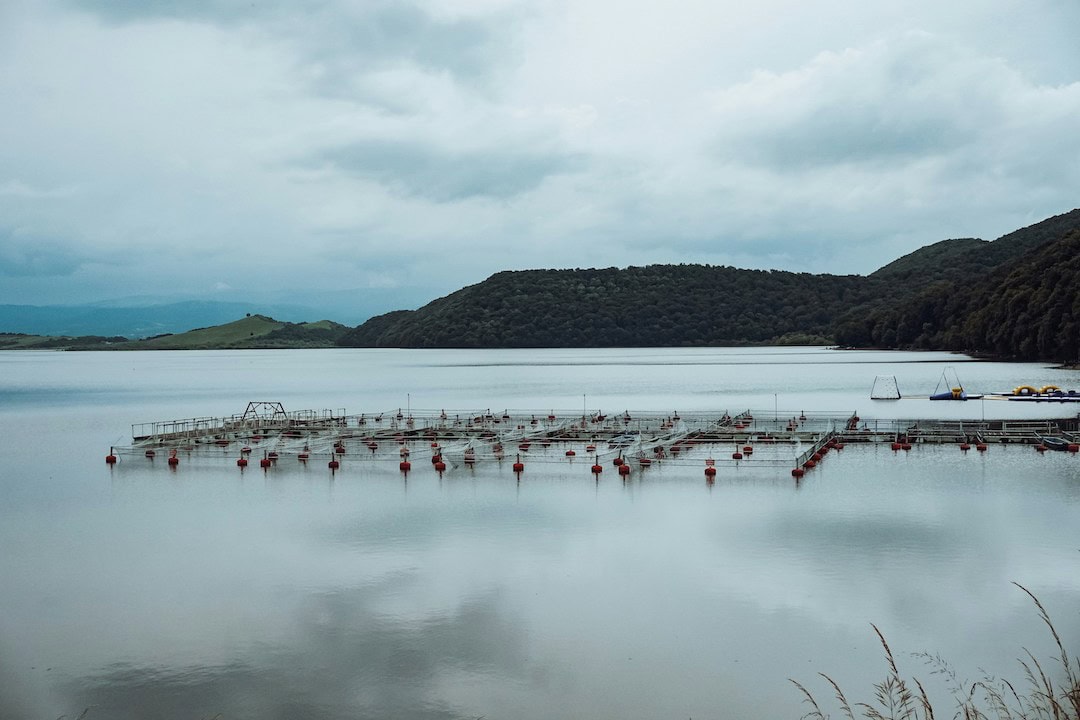
International stakes
Interestingly, while domestic production is projected to grow, seafood exports continue on a downward trend, with value decreasing by 2 percent in 2023-24 to $1.43 billion.
Dr Greenville says this fall in export value will likely continue by around 2 percent every year, leading to a value of $1.23 billion by 2028-29.
�Conditions remain challenging and uncertain for Australian seafood exports. Not only are we seeing price falls, but climate change remains a significant uncertainty for the outlook because of the potential long-term impacts on global seafood production and trade.�
Salmonids, which has grown to make up 37 percent of seafood production, is seeing a production spike across the world, leading to falling prices. However, the increase in Australian production is expected to offset the price cut.
According to the report, there are other factors which may disrupt Australian seafood exports. This includes climate change, which could impact patterns of seafood trade, as well as an increased focus on the environmental impacts of seafood production.�
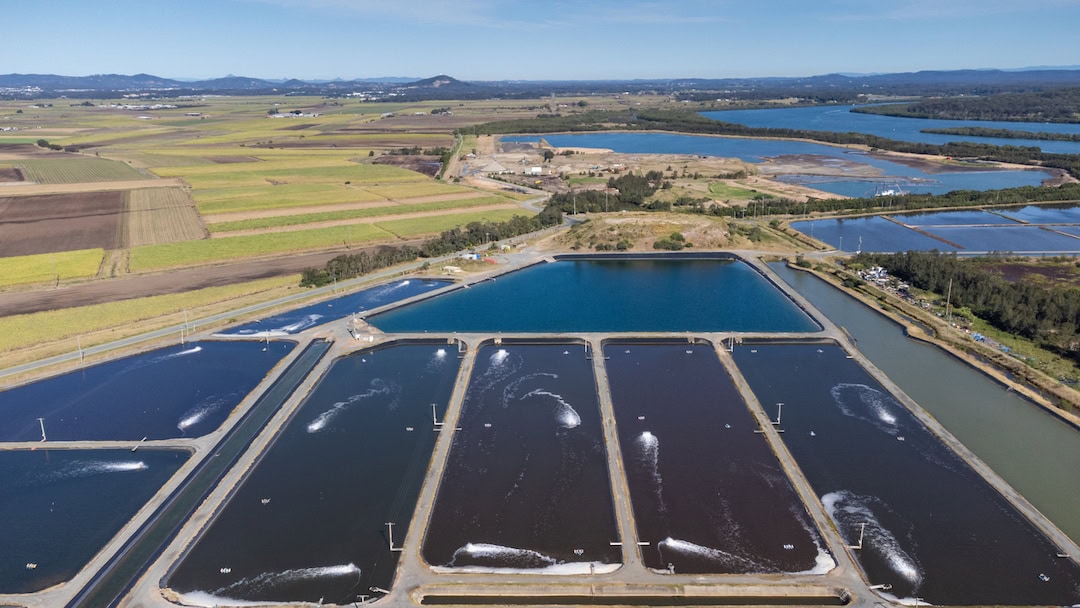
Aquaculture in NSW
Fisheries and aquaculture have a long history in Australia. In NSW alone, the oyster industry dates back to the 1870s. Now, oyster aquaculture occurs in 31 estuaries spread across approximately 3,000 hectares. NSW also farms Tiger Prawns, Murray Cod, Rainbow Trout, Silver Perch, Barramundi and Blue Mussels.
According to the Department of Primary Industries, the gross value of the NSW aquaculture sector in 2019-2020 was more than $90 million, making up 45 percent of total seafood production in the state.
To read about a Sydney-based oyster farm, click here.



